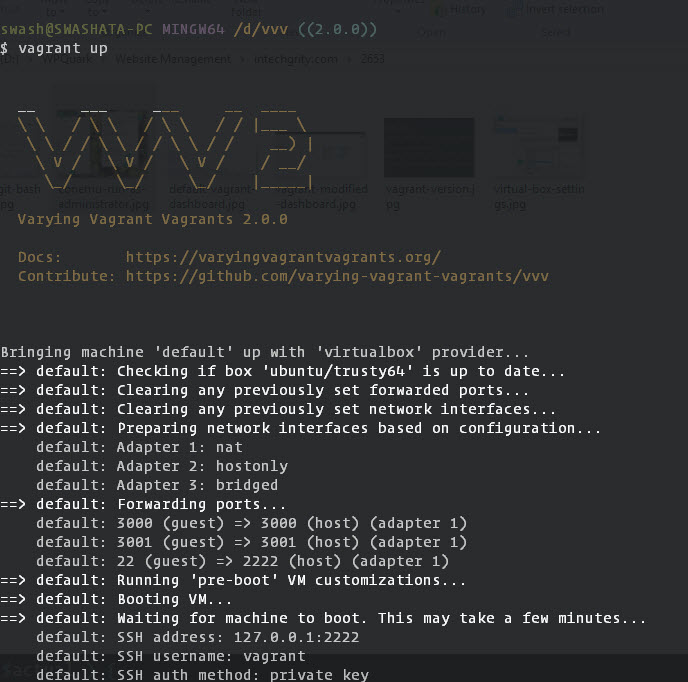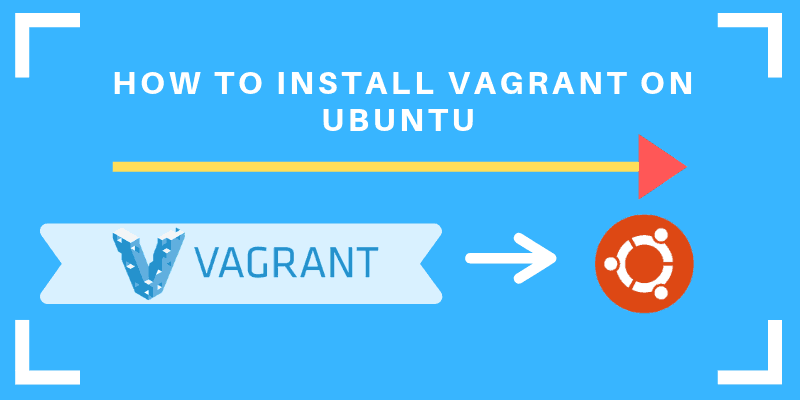
I am creating a new directory for my devbox: $ mkdir devbox If you would like a vagrant manager utility to help you manage your vagrant boxes, you can install vagrant-manager using homebrew: $ brew install -cask va grant-manager Create your first Vagrant Boxįrom /boxes/search you can search for any box, such as ubuntu, centos, alpine etc and for this demonstration I am going with ubuntu/focal64. Install the virtualbox guest additions plugin for vagrant: $ vagrant plugin install va grant-vbguest Install Vagrant using homebrew: $ brew install -cask vagrant Install VirtualBox using homebrew: $ brew install -cask virtualbox Once homebrew is installed, it's a good thing to update the indexes: $ brew update I will be installing Vagrant and Virtualbox with Homebrew, if you do not have homebrew installed, you can install homebrew with: $ ruby -e " $(curl -fsSL )"

We will also look at different configuration options to configure the VM, bootstrapping software, using the shell, docker and ansible provisioner.įor this demonstration, I am using a Mac OSX, but you can run this on Mac, Windows or Linux. When completing this tutorial, you will have Vagrant and Virtualbox installed on your Mac and should be able to launch a Ubuntu Virtual Server locally with Vagrant and using the Virtualbox provider which will be responsible for running our VM's.

Vagrant utilizes a declarative configuration model, so you can describe which OS you want, bootstrap them with installation instructions as soon as it boots, etc. Vagrant makes it really easy to provision virtual servers for local development (not limited to), which they refer as "boxes", that enables developers to run their jobs/tasks/applications in a really easy and fast way. Vagrant, yet another amazing product from Hashicorp.


 0 kommentar(er)
0 kommentar(er)
